Learn Korean Greetings: How to Say Hello in 10 Ways
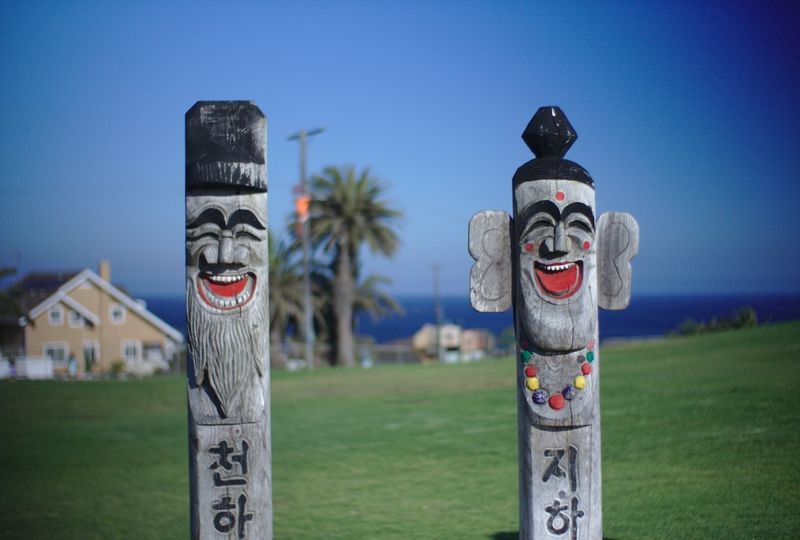
There's a common saying that first impressions last the longest, so it's important to make a good one. While that is true, South Koreans will be impressed upon meeting second language learners if you speak even the most basic Korean.
Because learning to speak Korean can be intimidating and a little bit (okay, VERY) complicated, tourists generally aren't expected to know, well, any Korean at all. It's true; I can't count the number of times taxi drivers or restaurant servers have complimented my Korean after I've only said a simple hello.
So, if it's as easy as saying hello, why not make the perfect first impression with native Korean speakers? You can really knock the socks off of native speakers by using the correct Korean greeting in any given situation. Study our list of Korean greetings, and you'll improve your Korean greeting skills in no time.
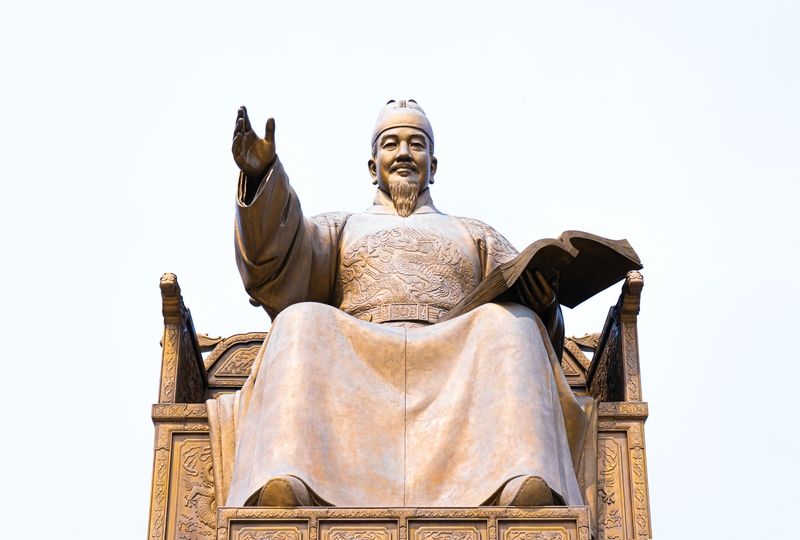
Understanding the Korean Honorific System
Beginner and higher level Korean learners alike are probably already familiar with basic greetings, but saying hello is a bit more complicated than you think. Social interactions and discourse in Korea are based around a complicated social hierarchy, so different greetings are appropriate in various situations.
You might not think about it often, but just about every language has different ways to express different levels of formality. In South Korea, using honorifics and different levels of respect can be traced back as far back the creation of Hangul in the fifteenth century. From its earliest documented use, Hangul, the Korean writing system, showed that different levels of speech already existed between upper class royalty and lowers class commoners.
Modern Korean langauge continues to utilize a complicated honorific system, primarily because the culture is very much centered on respect for seniority.
Indeed, respect for your seniors, whether it's in your family, at school, at the workplace, or among your friends, is a pillar of South Korea's Confuscianist roots. This kind of hierarchy presents itself in various aspects of Korean culture, not just in speech.
For example, when drinking alcohol with someone older than you, you should turn your head away as you take a drink and avoid eye contact. When you recieve something from someone above you, you should use two hands to accept. Do not touch someone who is not a close friend or relative. This includes shaking hands.
Elderly people are treated with the upmost respect. Young people are expected to give up seats on buses and subways for senior citizens. Even in front of grandparents, young Koreans are expected to behave formally.
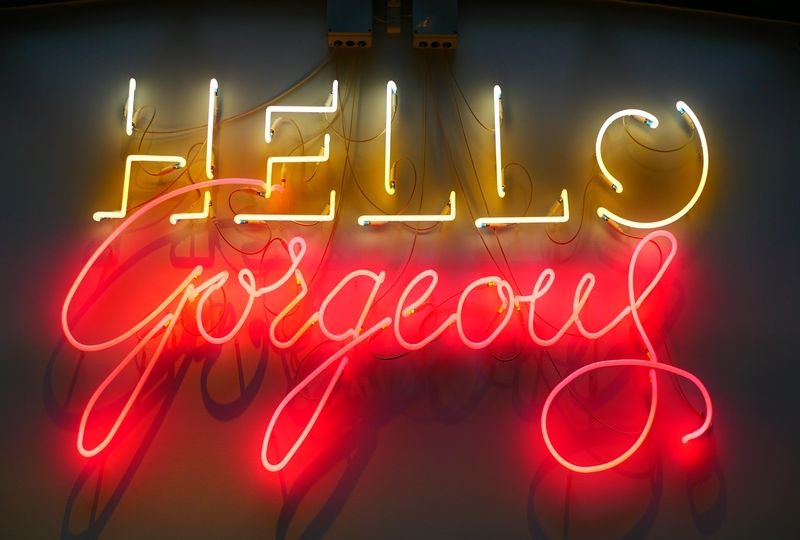
Three Different Levels of Speech
Korean speech officially has seven levels of honorifics. Lucky for us, some are outdated and only used if you want to read religious texts or watch period-dramas. In everyday situations, generally only a few levels of speech are used: formal, polite, informal.
-
Formal: Use this kind of speech with strangers or people who have seniority over you, in work or in age.
-
Polite: this is familiar speech for speaking with aquaintances whom you may know but not very well. It is a more neutral way of communicating.
-
Informal: This level of speech is used between friends of a similar age or close relatives. Adults use this level to speak to children.
Feeling confused, yet? Don't worry. Help is on the way.
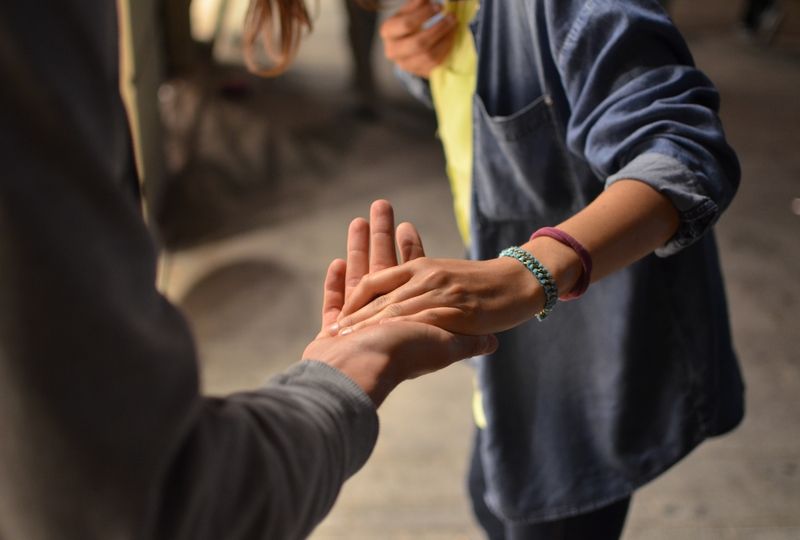
Top 10 Ways to Greet Someone in Korean
As you can imagine, the Korean honorific system tends to be a little complicated and a bit of a headache for second langauge learners like myself. But hey, you're in luck. Most Koreans do not expect foreigners to understand the subtle nuances of the Korean language,especially when you're first saying hello. If you want to be on the safe side, you can just use the formal greetings with everyone. If you're up for a bigger challenge, here are various ways to greet people in Korean.
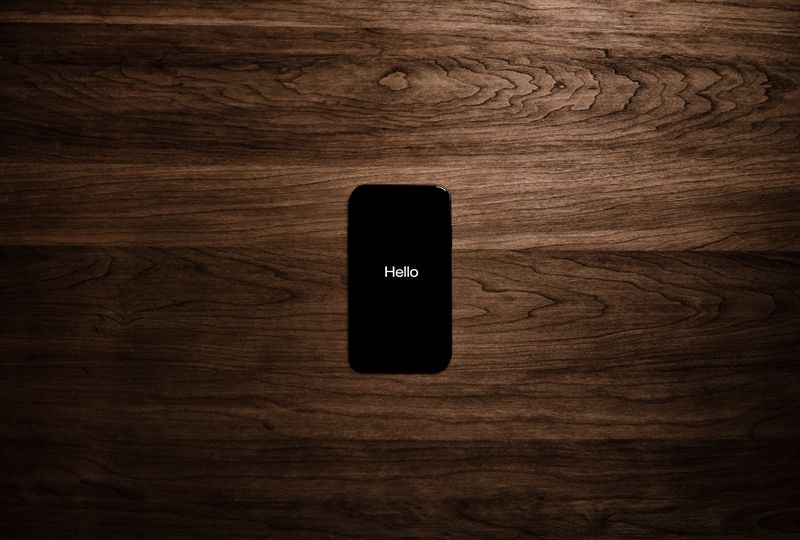
Hello
-
An-nyeong Ha-sib-ni-kka (안녕하십니까)
This is one of the most formal ways to greet someone. You probably won't use it yourself, but if you listen closely, you'll hear this greeting on the television or in a place of business. It can also vary in meaning to a specific time of day: good morning, good afternoon, good evening. -
An-nyeong ha-se-yo (안녕하세요)
The most commmon way to say hello in Korean, this greeting is polite but not overly formal. You can use it in almost any context, so annyeong haseyo is a safe bet when you're unsure how to say hello. It's common to slightly bow while using this greeting- a habit that I can't break now, even when speaking English! -
An-nyeong (안녕)
The casual version of the same greeting, annyeong, can almost be translated to mean "hi." Only use this greeting with close friends or family, as you might offend someone if you use it wrong. -
Yeo-bo-se-yo? (여보세요)?
This gretting has nothing to do with the honorific system. This is the way you can answer the phone if you don't know who's calling. You can also use it sarcastically, say if your friend is texting too much over lunch. Yeo-bo-se-yo? Anyone home? Pay attention to me!
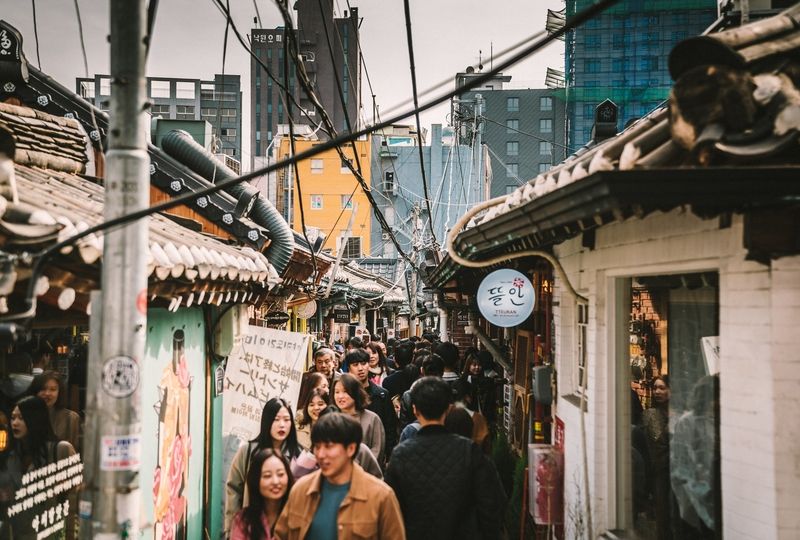
How are you?
-
Eo-tteoh-ge Ji-nae-se-yo? (어떻게 지내세요?)
This is a way to directly ask someone, "how are you doing?" Most often you'll hear the response, jal-ji-ne-yo (잘지내요), which means "I'm fine." It is a polite greeting. -
An-nyeong ha-se-yo? (안녕하세요?)
No, your eyes don't deceive you. This is the same polite greeting as number two. However, if you use raised tonation to turn this greeting into a question, the phrase literally translates to "are you at peace?" -
Bab meogeoss-eo? (밥 먹었어?)
Okay, if you use any translation device, you'll wonder why this phrase is here. Literally, this phrase means "did you eat?". However, when greeting someone in Korean, friends use this term to check on one another and see how they're doing. So as an informal greeting, "did you eat" becomes to "how are you?" A friend never let's a good friend go hungry!
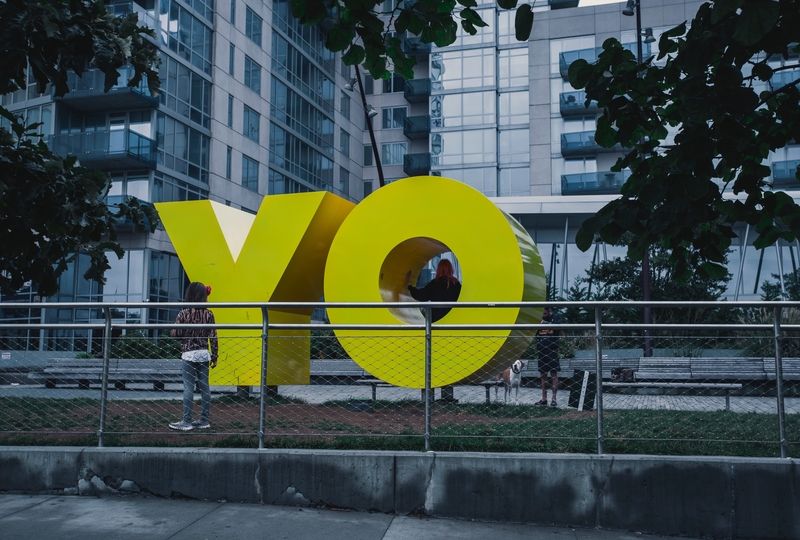
More ways to say greet someone in Korean
-
Ya! (야!)
If you want to call out to your friends and get their attention, you can yell this phrase, meaning "hey!" Definitely only use this with close friends. It is super informal and a stranger will think you are being impolite. -
Mu-seun ir-i-ya? (무슨 일이야?)
This is a Korean slang term, and it's definitely an informal way to greet someone in Korean. You can use this with your friends to say, "what's up?" -
Oraen-man-i-e-yo (오랜만이에요)
Finally, use this term to greet someone whom you haven't seen in a while. This is a polite way to say "long time no see." However, if you want to make it formal, just change the ending to -ib-ni-da, so the phrase becomes oraen-man-ib-ni-da. Likewise, you can make the phrase more casual and informal with an alternate ending, oraen-man-e.
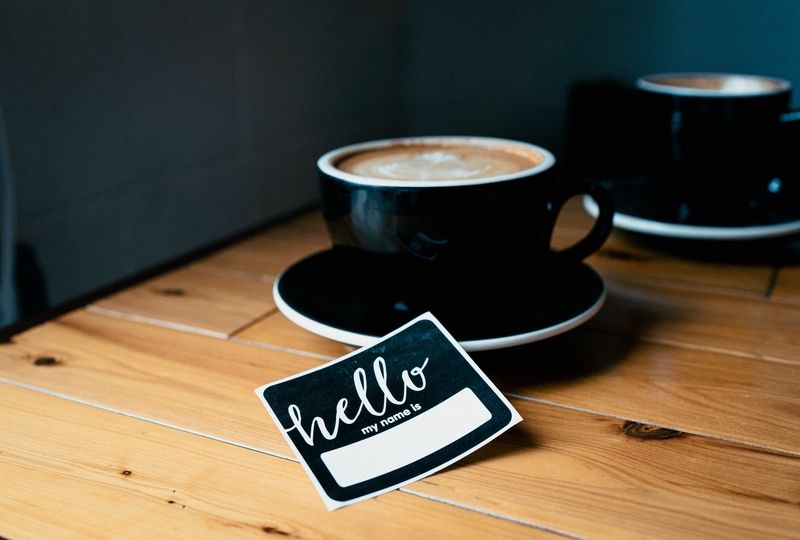
So, Now What?
Greetings are the first step of making conversation or making new friends. So, now that you have this handy list of Korean greetings, you're ready to go out and start conversing in Korean! If you're still feeling shy, don't fear! You can practice these greetings with one of Speechling's fabulous online tutors. With one on one coaching, you'll be ready to to say hello to everyone in no time!